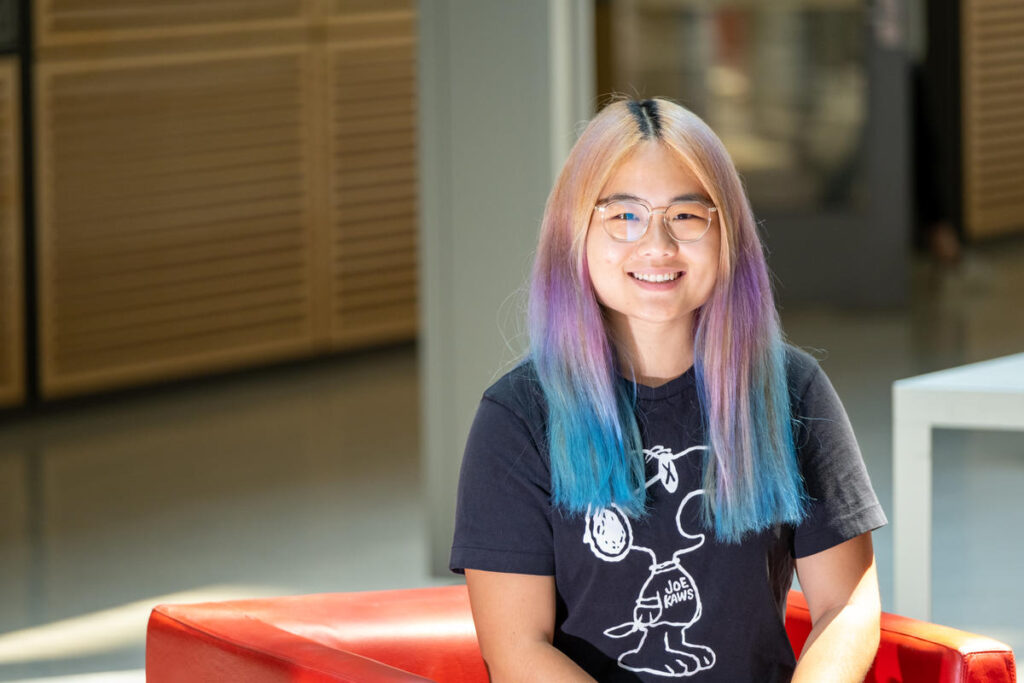Li to Present at ACS National Meeting
As part of her Women Chemists Committee/Merck Research Award announced last spring, Beryl Li, a fifth-year graduate student in the MacMillan Lab, will present during a symposium at the ACS Fall National Meeting beginning this week.
Li was one of eight women chemists nationally to receive the award, which is given annually. She will present virtually on Sunday, Aug. 22 beginning at 10:30 a.m.
Her topic is, “Site-selective tyrosine bioconjugation via photoredox catalysis for native-to-bioorthogonal protein transformation.” Those interested are able to access the talk by registering for the conference: https://www.acs.org/content/acs/en/meetings/acs-meetings.html.
As part of the award, which was announced in March, Li was partnered with a Merck mentor who discussed industry work and research with her throughout the year.

Beryl Li, a fifth-year graduate student in the MacMillan Lab, will present at the ACS National Conference this week as a Women Chemists Committee/Merck Research Awardee.
“It has been so inspiring to mentor an extremely talented scientist such as Beryl,” said Associate Principal Scientist Jennifer Obligacion, of Merck, Rahway, who coincidentally did her Ph.D. with Paul Chirik, the Edwards S. Sanford Professor of Chemistry. “Beryl’s impressive body of high impact work definitely speaks to her scientific prowess. But what I found more admirable was her positive attitude, unwavering grit, respect for the needs of the collective, and humility that brims over in all of our interactions.”
Li has been offered a position with Merck’s Discovery Chemistry program, based at their South San Francisco, CA office.
Li’s 20-minute presentation will cover tyrosine bioconjugation and methionine bioconjugation.
“Basically, methionine bioconjugation relies on initial activation of methionine, which goes on to do other things. But tyrosine relies on the initial activation of the reagent,” said Li. “So, we’re able to obtain orthogonal reactivities under very similar reaction conditions. That compare-and-contrast really offers a chance to talk about the intricacies of photoredox mechanisms.”
